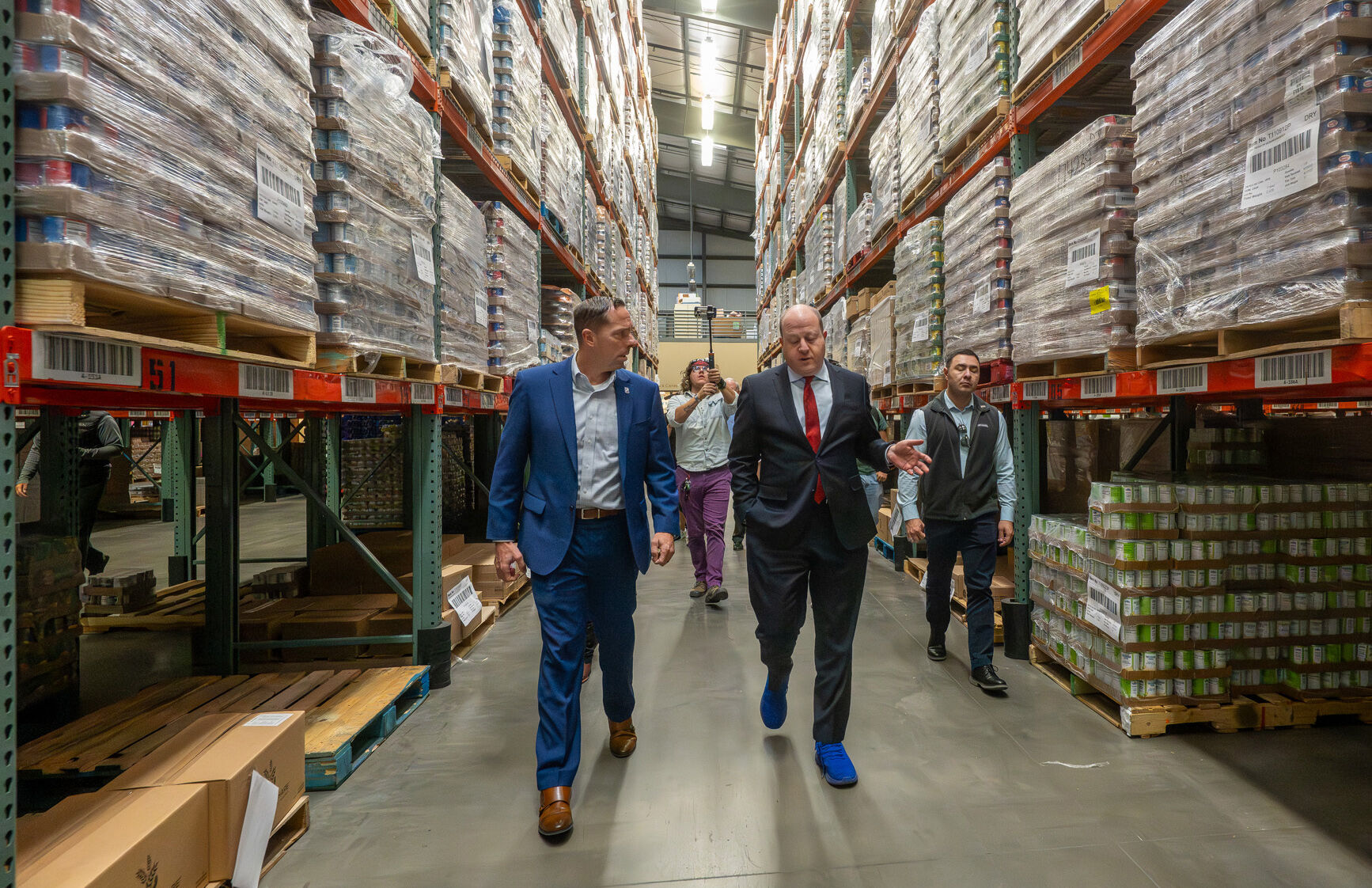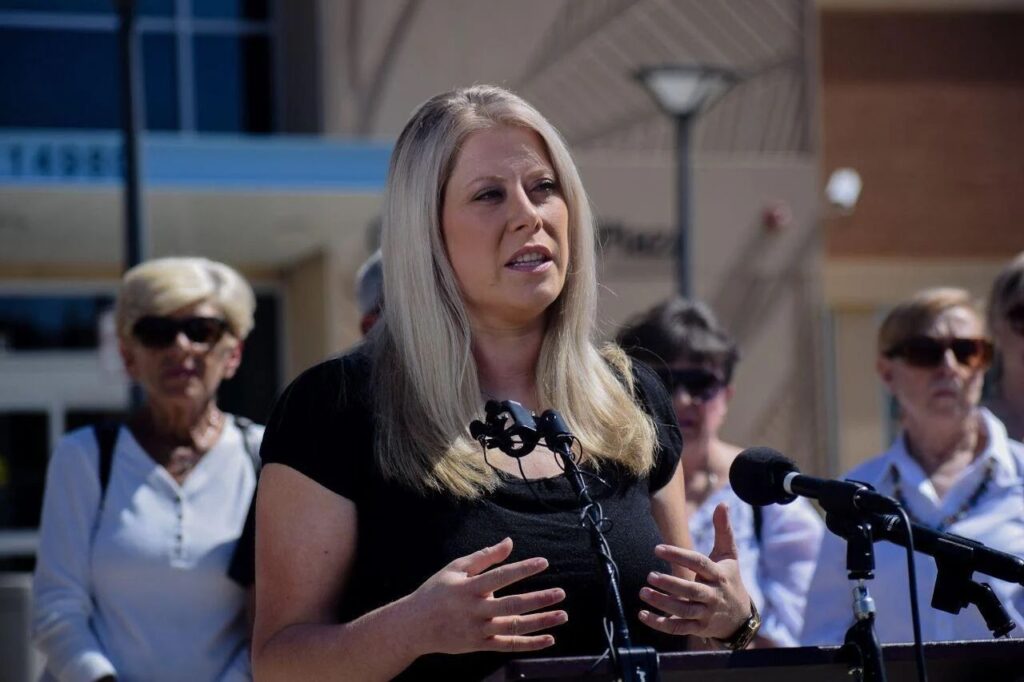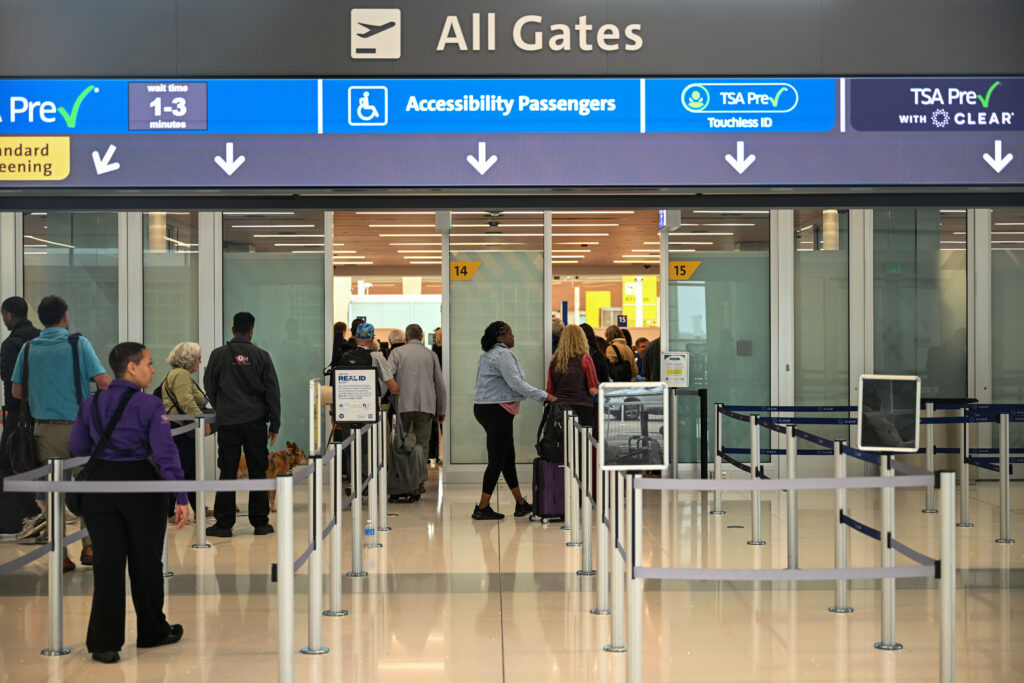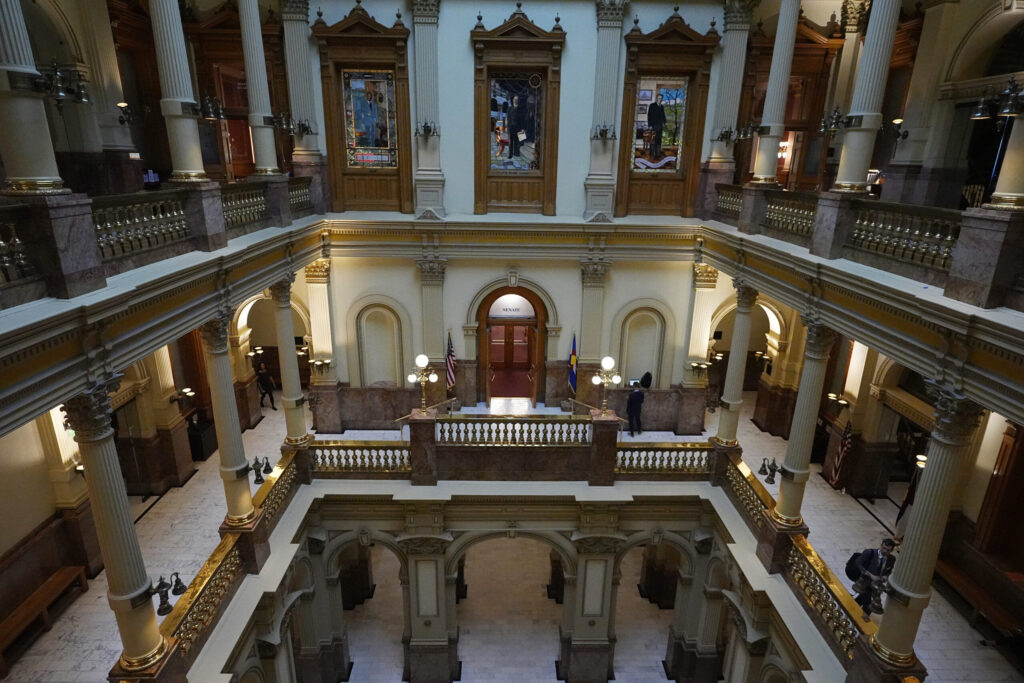Colorado figured out how to load state money onto EBT cards, officials say

Colorado officials said they figured out a way to load state funds onto the electronic cards of food stamp recipients.
Officials from the Department of Human Services told Colorado Politics they had spoken “extensively” with the vendor for the electronic benefits transfer (EBT) card.
The EBT card is called Colorado Quest.
A Joint Budget Committee staffer raised the problem of loading funds onto the EBT cards a week ago, when the legislative panel approved a request from Gov. Jared Polis for $10 million for food assistance after the Trump administration said SNAP benefits would cease this month amid the federal shutdown.
Democrats and other groups have insisted that $4.65 billion is available in the contingency fund and the U.S. Department of Agriculture should tap into it, arguing it is obligated to use that money. Initially, USDA issued a memo on Sept. 30, saying “multi-year contingency funds are also available to fund participant benefits if a lapse occurs in the middle of the fiscal year.”
In recent days, the federal agency said the contingency money is not available because the “appropriation for regular benefits no longer exists.” Instead, that money is only available for emergencies and disasters, such as hurricanes and floods.
In response to the uncertainty, Colorado policymakers set aside the $10 million and decided to send that money to Feeding Colorado and its network of five statewide food banks and pantries, instead of giving it directly to SNAP recipients.
At the time, the budget staffer, Tom Dermody, said Colorado has no actual ability to put those funds into the hands of the SNAP recipients because the state does not have a good tool to replace or supplement SNAP.
As it turned out, that wasn’t the only issue. According to the human services department, the $10 million would have done very little to help Colorado’s 600,000 SNAP recipients and that the best use of that money would be to send it to the food pantries. The latter, in turn, could leverage those dollars at a 3:1 rate, stretching the money to buy as much as $30 million worth of food.
Colorado’s SNAP recipients receive about $120 million per month, so at $10 million, one estimate is that a family could get as little as $2 per household.
Meanwhile, there is now an acknowledgement that the human services department has to figure out how to get money onto the EBT cards.
That’s not tied to the current suspension of SNAP benefits. A federal judge on Thursday ordered the Trump administration to fully fund benefits for the month of November by the end of the day Friday.
In a statement, the state human services agency said it is “working rapidly to be able to send out the partial November food assistance to SNAP participants once it is released by the US Department of Agriculture’s Food and Nutrition Service (FNS).”
“CDHS is implementing FNS guidance to deliver partial funds and at this time has no EBT-related technical barriers to ensuring funds are sent once they become available,” the agency added.
That ability will be more useful if or when money becomes available to supplement SNAP benefits beginning in the 2026-27 fiscal year.
That’s when the full effects of H.R. 1, the congressional budget, will be realized.
H.R. 1 mandates that states take on a larger share of administrative costs for SNAP, beginning on July 1, 2026.
Currently, the federal government covers 50% of the administrative costs, but that is being reduced to 25% and the states will have to pick up the rest.
Secondarily, a state with a high error rate for SNAP could be required to pick up a larger share of SNAP benefits.
In 2024, Colorado’s error rate was 9.97%, a combination based on an overpayment rate of 7.91% and an underpayment rate of 2.06%.
According to the National Association of Counties, the trigger for picking up more of the SNAP benefits is 6%. States with error rates of 6% or higher will cover 5% to 15% of SNAP benefits.
At 5%, that’s a $6 million cost for Colorado, based on the current error rate. At 15%, it’s $18 million.
Voters on Tuesday approved a statewide ballot measure, Proposition MM, that lawmakers intended to cover some of those administrative costs. The ballot measure, tied to a free meals program for K-12 students, raised the taxes on households with incomes at $300,000 or above. As envisioned, the revenue would help pay for the meals program, as well as for food education. Additionally, it would allow schools to tap into locally-sourced foods.
That was part of the original idea under 2022’s Proposition FF, but there wasn’t enough money to cover all the meals and those other goals.
Proposition MM dollars would cover those areas, and any revenue that isn’t needed for the school meals program would help fund SNAP.
The health services agency said the Proposition MM money would help fund “implementation and outreach costs” for SNAP. The state is silent on whether it would also help pay for SNAP benefits, particularly if Colorado’s error rate results in the state having to cover a portion of SNAP benefits.
Those “implementation” costs were estimated in the special session legislation that created Proposition MM at about $27.2 million for 2026-27 and as much as $69.7 million the following year.
The state now pegs those first-year costs at closer to $50 million, and that includes funding the staff who work on SNAP, money for the counties that help with the program and to pay for the state’s computer system.
But the final decision on how to spend MM money for SNAP will rest with the governor and the legislature, the department said.
The department added that Proposition MM funds will not become available until July 2026, and “their use will be determined by the Governor’s Office and General Assembly once funds become available later that summer.”












